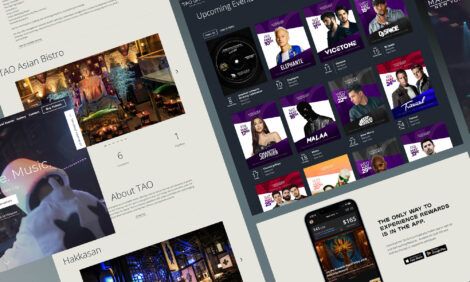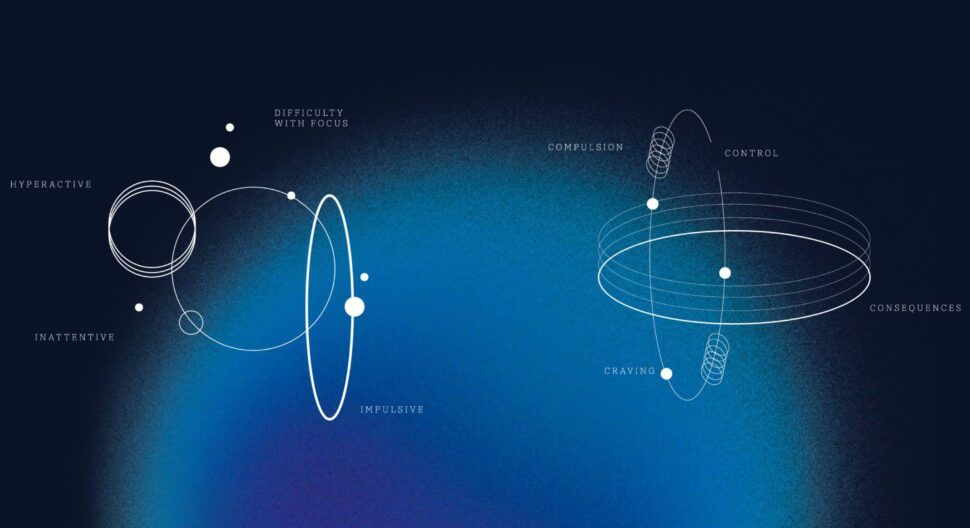May 13, 2025
Marketing by Design: Strategies for Innovative Brand Success
- Visual Soldiers
- Branding
- minute read

Standing out as a brand requires more than just a loud voice; it demands a thoughtful marketing approach that balances design with strategy. This is where the concept of marketing by design comes into play. By integrating aesthetic appeal and user-centric principles, brands can create compelling marketing strategies that resonate deeply with their audience. In this article, we will explore the fundamentals of marketing by design, the importance of visual identity, and how you can leverage these strategies for innovative brand success.
Understanding Marketing by Design: A Concept Overview
This innovative approach combines the principles of marketing with a thoughtful design process, ensuring that every campaign not only captures attention but also aligns with consumer needs and brand identity. At its core, marketing by design emphasizes a strategic blend of aesthetics and functionality, allowing marketers to create compelling visual narratives that resonate with their audience. By integrating design thinking into marketing strategies, businesses can foster deeper connections with customers, enhancing both engagement and loyalty. This overview of marketing by design highlights its significance in crafting memorable brand experiences and demonstrates how a well-executed design strategy can drive measurable results.
The Role of Aesthetic Appeal in Brand Identity
Aesthetic appeal in brand identity is crucial, particularly as businesses increasingly turn to strategies that prioritize visual elements. Marketing by design plays a key role in capturing the attention of potential customers and creating a lasting first impression. A brand’s visual identity—including its logo, color palette, and overall design aesthetic—serves as a vital communication tool, conveying messages about the brand’s values, mission, and personality. Thoughtfully crafted designs enhance recognition and evoke emotions that forge deeper connections with consumers. As a result, companies that embrace marketing by design are better positioned to differentiate themselves in a crowded market, fostering brand loyalty and driving conversions. By integrating aesthetic appeal into their overall strategy, businesses can ensure that their brand identity resonates with their target audience, leading to increased visibility and success.
Creating User-Centric Marketing Strategies
Creating user-centric marketing strategies is essential for businesses aiming to thrive and build long-lasting relationships with their audience. At the heart of this approach lies marketing by design, which emphasizes the importance of designing marketing campaigns that prioritize the needs, preferences, and experiences of the target consumer. By understanding the psychology and behaviors of your audience, brands can craft tailored messaging, engaging visuals, and seamless user experiences that resonate deeply. This strategy helps in capturing attention and fosters loyalty and trust, essential pillars for any successful marketing endeavor. To implement marketing by design, businesses should leverage data analytics, conduct user research, and continuously test and optimize their strategies to ensure they are meeting the evolving demands of their customers. By putting users at the forefront of your marketing efforts, you can create campaigns that not only attract but also convert prospects into loyal customers.
Integrating Design Thinking into Marketing Campaigns
Marketing by design focuses on leveraging a deep understanding of consumer needs, emotions, and behaviors to create compelling marketing strategies that resonate with target audiences. By utilizing the principles of design thinking—such as empathy, ideation, and experimentation—marketers can craft campaigns that attract attention and foster authentic connections with consumers.
For instance, the empathy phase encourages marketers to dive deep into the psyche of their audience, gaining insights that can shape campaign narratives and visual elements. This is key in an era where consumers are inundated with messages and require a more personalized approach. During the ideation phase, creative brainstorming can lead to innovative marketing concepts that differentiate a brand from its competitors. Finally, through iterative testing and feedback, marketers can refine their strategies to ensure maximum impact.
By incorporating marketing by design, businesses can go beyond traditional promotional tactics. They can create holistic experiences that address the core desires of their customers, leading to campaigns that not only convert but also cultivate long-term relationships. Ultimately, the integration of design thinking into marketing strategies allows brands to stay relevant, agile, and connected in a rapidly changing market.
Case Studies: Brands that Thrive with Marketing by Design
Consider the case of Airbnb, which has thrived by focusing on user-centric design elements that enhance the customer experience. Their visually engaging content and intuitive platform design encourage users to explore unique accommodations beyond traditional hotel picks, demonstrating how effective marketing by design can transform brand engagement. Similarly, Nike utilizes bold visuals and emotional storytelling in its marketing campaigns, which are meticulously crafted to resonate with their target market. By putting design at the forefront, these brands have successfully communicated their core values while driving sales and fostering loyalty. As we analyze various case studies, it becomes evident that investing in ‘marketing by design’ not only amplifies brand visibility but also builds lasting relationships with consumers.
Frequently Asked Questions
Marketing by design is an approach that integrates aesthetics and strategic thinking into the marketing process, prioritizing visual appeal and user experience to enhance brand identity and connection with the audience.
Aesthetic appeal plays a critical role in brand identity by creating a memorable impression, evoking emotions, and establishing consistency across all marketing channels, which helps brands differentiate themselves in a competitive market.
User-centric marketing strategies focus on understanding the needs, preferences, and behaviors of the target audience to create more relevant and effective marketing campaigns that resonate with customers.
You can integrate design thinking into your marketing campaigns by adopting a collaborative approach, empathizing with your audience, ideating innovative solutions, prototyping concepts, and continuously testing and refining your marketing materials based on feedback.
Yes, brands like Apple and Airbnb have successfully implemented marketing by design strategies by prioritizing user experience and aesthetic appeal in their branding, resulting in strong brand loyalty and recognition.




